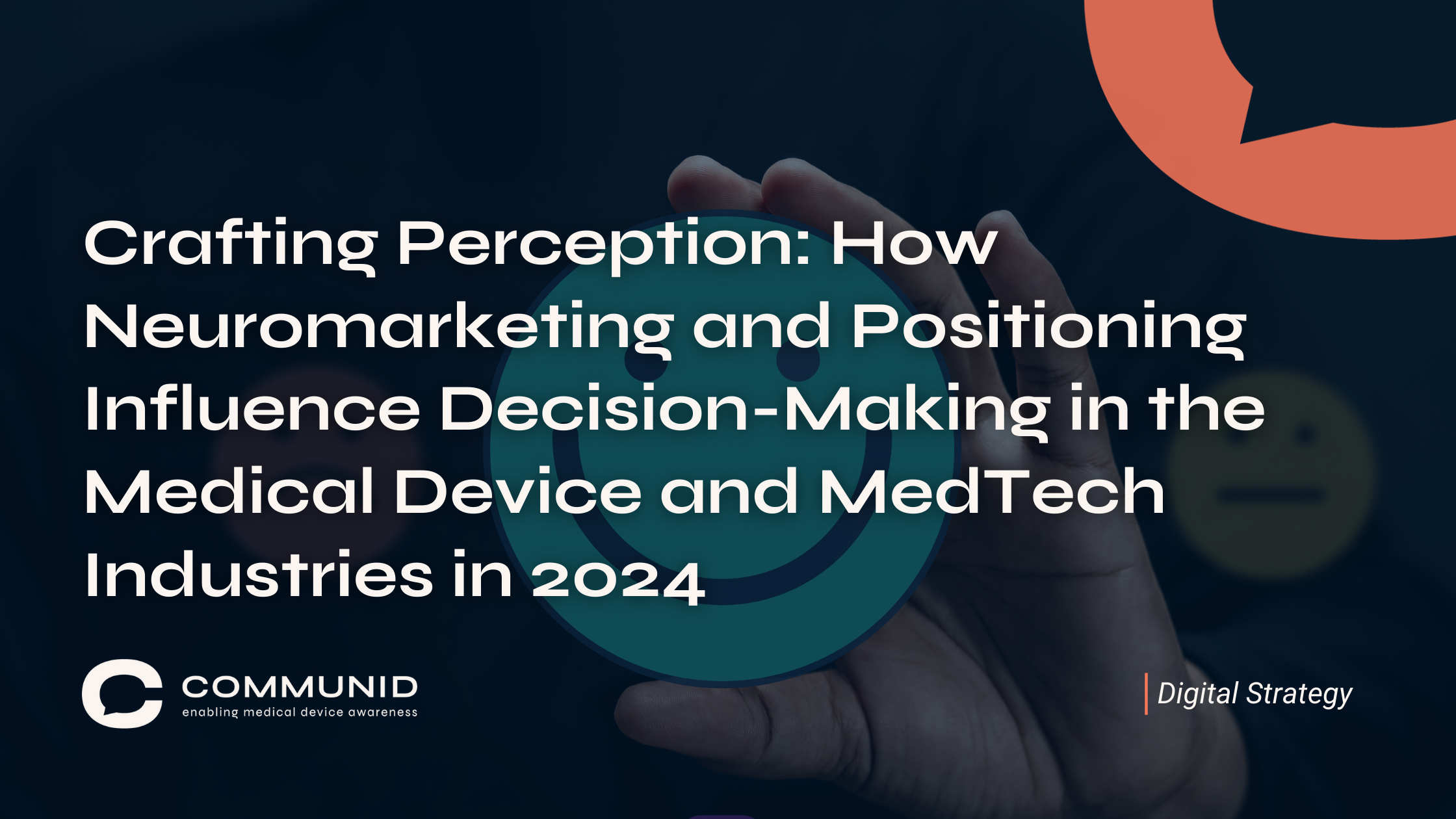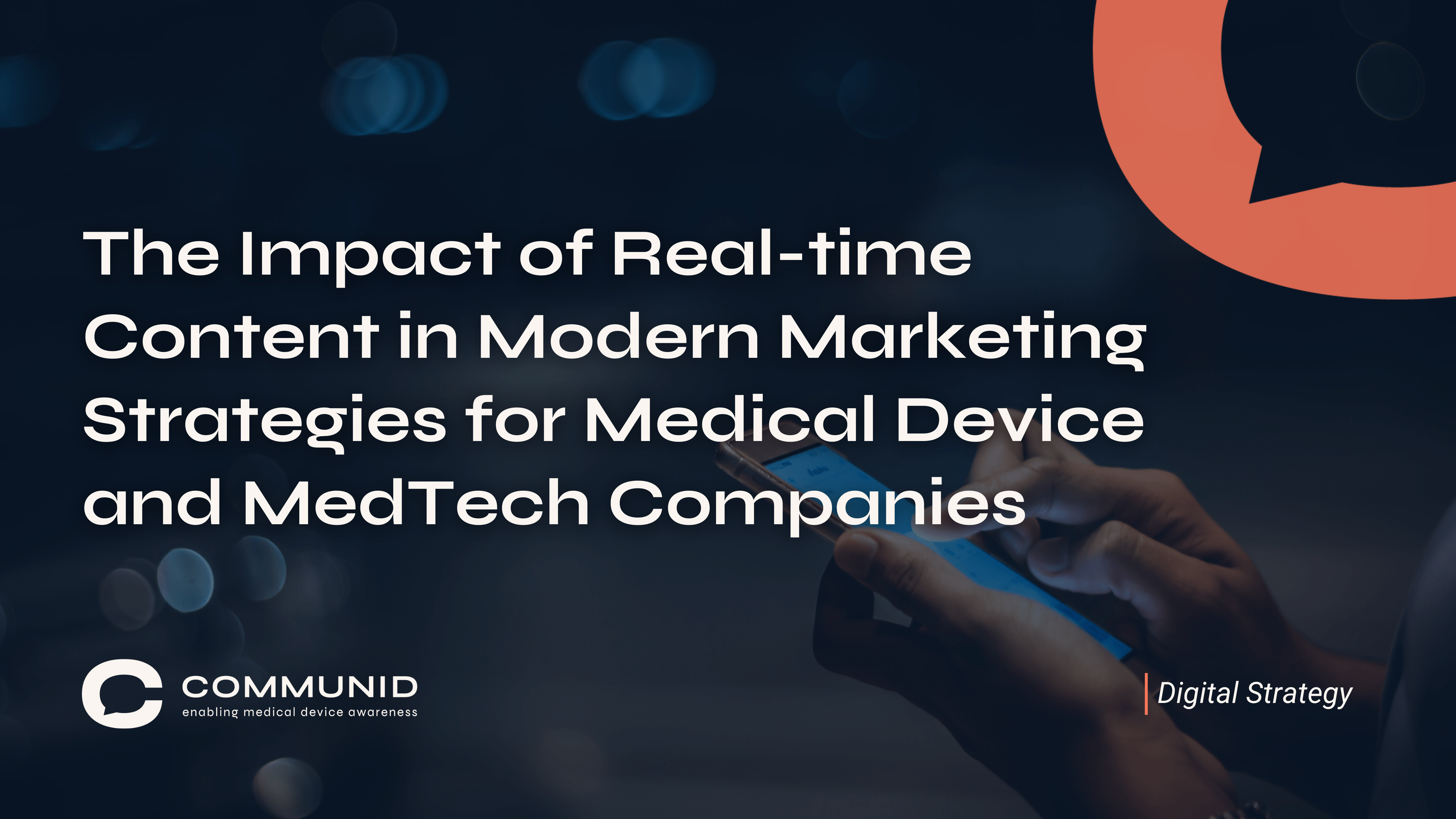Imagine for a moment that every decision you make starts with a picture in your mind. This isn’t just a theory; it’s a fact backed by neuroscience. Before we reach for that tempting snack, there’s a mental rehearsal playing out in our heads. This fascinating insight into our cognitive processes is at the heart of understanding consumer behaviour and, more importantly, the concept of positioning in marketing.
Neuromarketing takes these neurological revelations and applies them to the realm of consumer preferences and behaviours. By crafting the right mental image associated with a brand, marketers can significantly influence consumer choices amidst a world of options. This strategy delves deep into the subconscious, influencing decisions beyond mere logical reasoning.
Now, you might think, “But in our industry, where decisions are made by committees and based on hard data, does positioning really matter?” Absolutely. While purchasing a soda and investing in high-tech medical equipment are worlds apart, both decisions are influenced by emotion, relationships, and sometimes, irrational factors. In a market where products often become commoditised, these intangible elements become crucial. Think of Siemens Healthineers, a leading force in medical technology known for its innovative contributions to imaging, laboratory diagnostics, and healthcare IT.
Siemens Healthineers positions themselves as not just a provider of medical technologies but as a visionary shaping the future of healthcare. This vision plays into the human bias towards progress and innovation, appealing to the desire to be part of something groundbreaking and transformative. By highlighting their role in advancing medical care, Siemens Healthineers taps into an emotional narrative that transcends the purely rational analysis of their products’ features. It’s about being associated with success and innovation, appealing to the pride and aspirations of their clients, which, while not entirely rational, are potent motivators.
Consider the long-term commercial relationships in the Medical Device and MedTech industries. Choosing a vendor means embarking on a journey filled with daily interactions for years. In such scenarios, where technical differences are minimal, the decision often hinges on trust and the quality of the relationship.
It’s not just about emotions or preferences. Critical questions like, “Will they listen when there’s an issue?” or “How transparent are they about challenges?” play a significant role in shaping a client’s decision – even more so in our industry where millions of lives depend on the reliability of the devices we make. These aspects underscore the importance of trust and transparency in customer service, highlighting the key role of intangible elements in business relationships.
This brings us to positioning—how a company is perceived by its audience. It’s about creating an image that resonates on a cognitive and emotional level.
As Medical Device marketers, our job is to leverage neuromarketing not to manipulate but to help potential clients understand our positioning, values, and strengths transparently. It’s about being the preferred choice for those who share our values.
Creating this image isn’t a one-off task; it’s an ongoing conversation with your target audience through your editorial plan. It’s about defining how you want to be perceived, highlighting your unique selling points (USPs), and shaping people’s perceptions without directly telling them. This involves a blend of subconscious judgment and rational justification, where your USPs provide the factual backbone to your story.
Social media has become a powerful tool in this narrative. It’s not just a platform for advertising but a space for meaningful conversations. Through these dialogues, your potential clients, employees, suppliers, and partners engage, shaping the perception of your brand. It’s about creating a real, sustainable positioning that resonates with your audience, avoiding the pitfalls of portraying an inauthentic image.
In essence, the art of positioning is about tapping into the innate cognitive and emotional responses of your consumers. By leveraging compelling visuals and content that align with natural information processing, your marketing becomes not just a tool but a strategic asset. This approach not only enhances the perception of your brand but also establishes it as the preferred choice in a competitive market.
So, as you embark on your social media journey, ask yourself: What image do I want to project? How do I want to be perceived? Remember, effective positioning is rooted in reality, aspiring towards greatness but always grounded in truth. It’s about creating a lasting image that captures the essence of your brand, making it not just seen but remembered and preferred in the Medical Device industry.
Interested in discovering how we can assist with your digital strategy or marketing needs? Let’s connect! We would be happy to discuss your case and help you fully harness the power of your digital communication. Speak today to our digital strategy experts!




